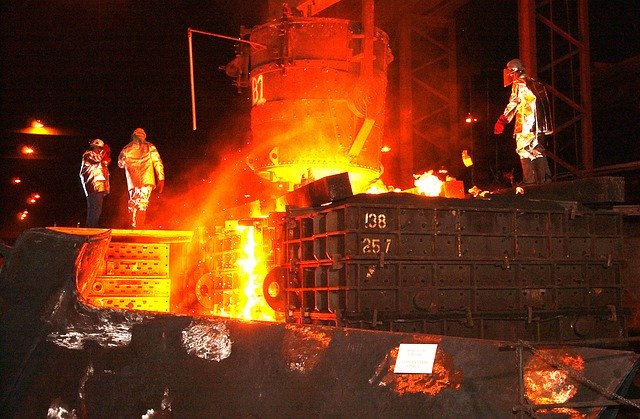Earthquake Risk Transfer for Critical Manufactures

Sector Profile
The Critical Manufacturing Sector processes raw materials and produces highly specialized parts and equipment that are essential to primary operations in industries—particularly transportation, defense, electricity, and major construction. Manufacturing industry would be the eighth-largest economy in the world.
Critical Manufacturing Sector products form the backbone of energy and transportation infrastructure. Many Critical Manufacturing Sector facilities also produce key elements or products for defense and are a part of the Defense Industrial Base Sector. A major failure or disruption in the sector could result in significant national economic impact and lengthy disruptions that cascade across multiple critical infrastructure sectors or regions. This Sector Profile describes key characteristics of the Critical Manufacturing Sector that influence its security and resilience.
Parties
Primary Metals, Machinery, Machinery, Transportation
Critical Sector Independencies
Manufacturing
Manufacturers process raw material and produce specialized equipment for other manufacturing operations.
Energy and Water
Essential manufacturing operations require large, uninterrupted supplies of energy and water.
Communications and IT
Communications networks and IT systems underpin supply chain coordination and control system processes.
Transportation Systems
Multiple modes enable the global movement of large and specialized products.
Chemical
Processes require regular supply of a range of chemical products.
Sector Components and Assets
Primary Metals Manufacturing
- Iron and Steel Mills & Ferro-alloy Manufacturing
- Alumina and Aluminum Production & Processing
- Non-ferrous Metal Production & Processing
Machinery Manufacturing
- Engine & Turbine Manufacturing
- Power- Transmission Equipment Manufacturing
- Earth Moving, Mining, Agricultural, & Construction Equipment
Electrical Equipment, Appliance, and Component Manufacturing
- Electric Motor Manufacturing;
- Transformer Manufacturing
- Generator Manufacturing
Transportation Manufacturing
- Vehicles & Commercial Ships
- Aerospace Products & Parts
- Locomotives, Railroad and Transit Cars, & Rail Track Equipment
Significant Critical Manufacturing Sector Natural Risks
Increasingly natural disasters increase the vulnerability of facilities and employees in certain geographic regions. Yet the sector’s assets, suppliers, and customers are dispersed globally, making operations susceptible to natural disasters across the globe that can trigger cascading disruptions in affected supply chains. Disasters can also interrupt critical Energy, Water, and Transportation Systems Sector services and cause delays or manufacturing shutdowns.
